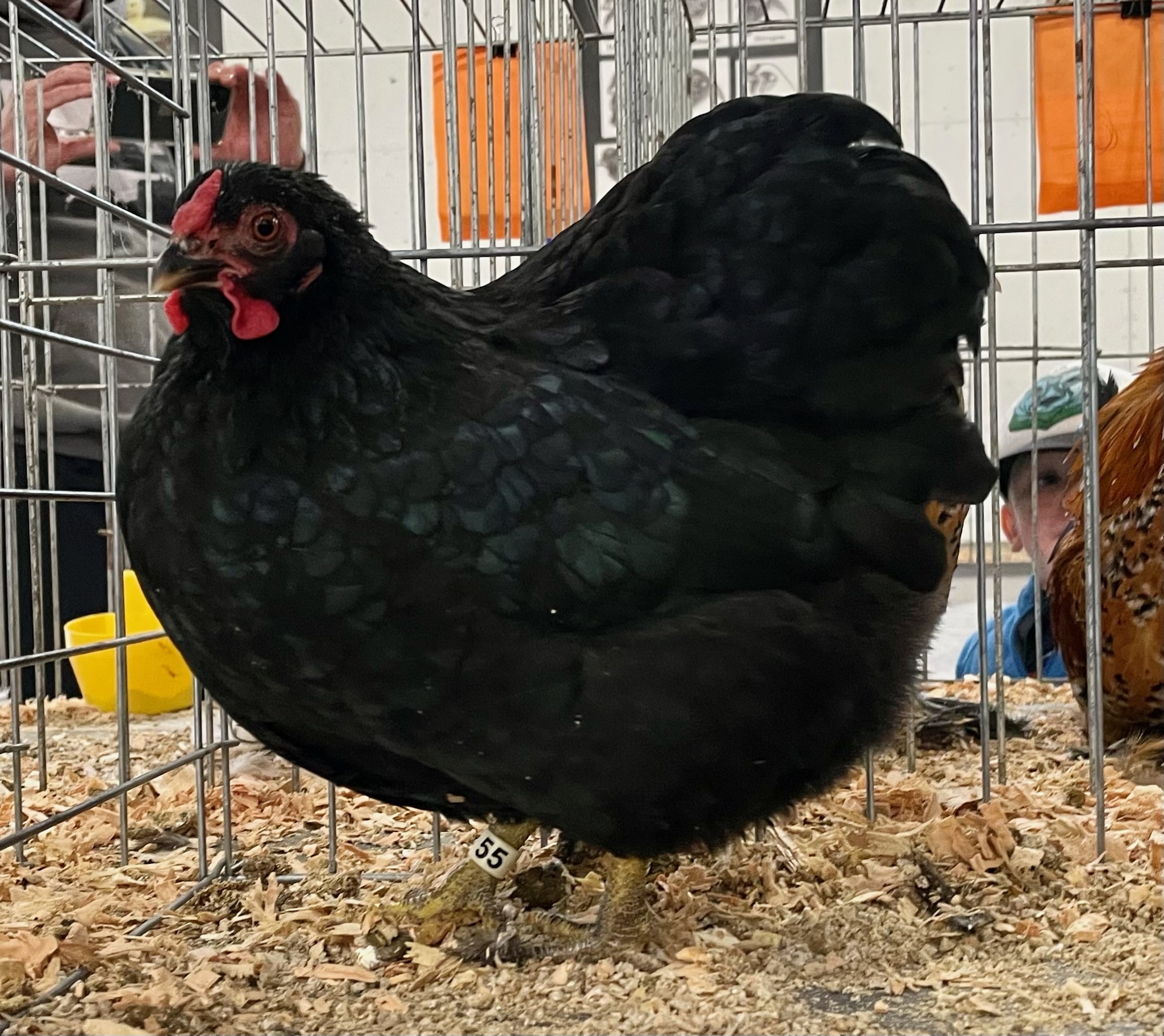This article is about setting your breeding priorities and is being republished from Acorn Hollow Bantams website with permission from Lou Horton.
I believe that one of the most basic mistakes new breeders of any type of fowl can make is to not take the time and effort to interpret the Standard of Perfection description of their breed(s) for themselves. They may have a general idea of what they want to create but they are often unsure about the priorities they want to set. As a result, they allow others (judges, other breeders) to dictate those priorities. That often leads to aimless breeding programs where “everything” is a top priority. When that is the case, the results are usually disappointing because real progress is slow or non-existent.
A simple example is the breed of bantam chicken with which I work – the Wyandotte. There are many possible goals for improvement in a bird with as subtle a type as the Wyandotte possesses. It took me a couple of years to settle on my own interpretation of what the Standard means. I consulted Wyandotte breeders who I respected and also a few judges but in the end, I had to set my own goals and breeding priorities. In my case, I settled on tail and head points as my primary areas of focus and improvement. That means that when I select birds for my program, I will not tolerate major flaws in those areas regardless of other qualities the bird may possess. Those are, as they say, my bottom line when culling time comes.

Does that mean I will ignore other qualities? Not at all. I consider such things as quality and width of feather, body width and depth, wing carriage, temperament and avoiding short legs among others as very important breeding points and such things are frequently targeted when I set my yearly breeding goals. I formulate my yearly goals when I put together my breeding pens for the year. I find that is a good time to evaluate the progress that was made the previous year and to set new goals for the coming year. I put those goals in writing and take a look at them occasionally to remind me of what I want to pay close attention to.
Please do not assume that I conduct my breeding program in a vacuum. I periodically seek the opinions of the handful of people I respect enough in this area of expertise to allow them to affect my own evaluations of my birds. There are couple of breeders and a couple of breeder/judges in that category. The opinions of others (including the judges who evaluate my birds at shows) are considered but are not allowed to affect my breeding priorities in a significant way. I may appreciate them pointing out something on an individual bird that I had not seen but even then, one has to verify their observation. A case in point occurred at a show where I exhibited a bird that I thought very highly of both as an exhibition bird and as a potential breeder. The judge penalized the bird for having one “weak wing.” I examined the bird myself and had two others whose opinion I value do the same. We found no evidence of a problem. I then showed the bird at another show under another judge – no problem. My conclusion is that I should discount the original judge’s observation. To allow different judges to “steer” your breeding program would be similar to setting out in a journey in a boat that had no rudder. Because judges will have substantial differences in how they interpret the descriptions in the Standard, their advice will naturally conflict. In the final analysis, you as the breeder must be satisfied with the results of what you achieve. Make yourself fully responsible for those results.
By Lou Horton
